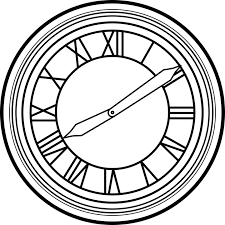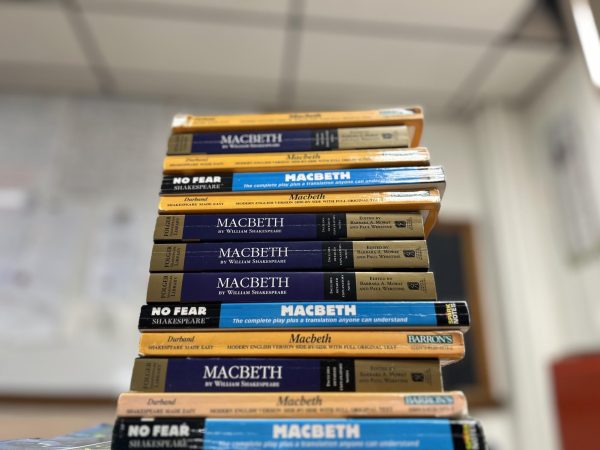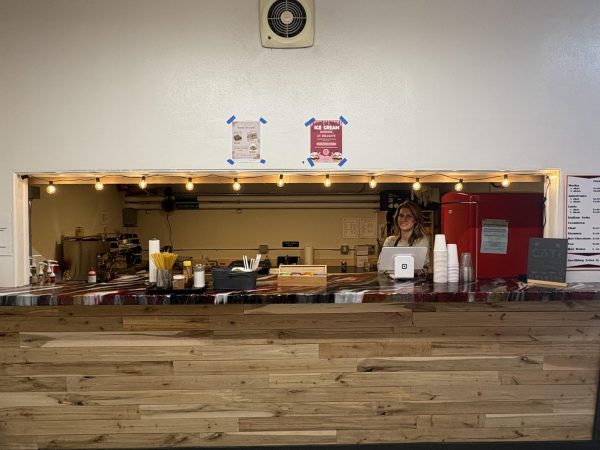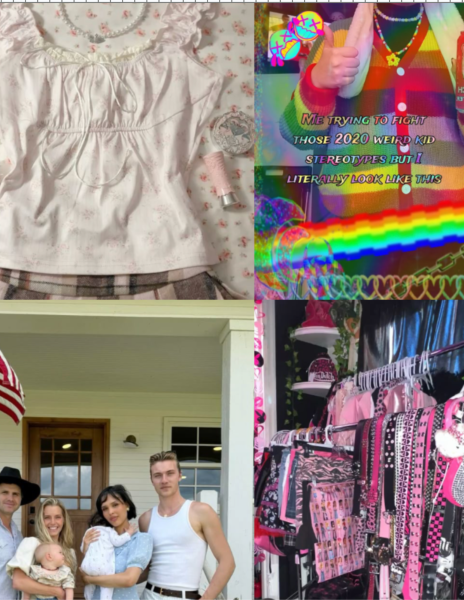Daylight Savings in Montana
On Sunday Nov. 3, at 2:00 a.m., we ended daylight saving time, and pushed our clocks back an hour. That means we had an extra hour of sleep, but as some teachers say, we had an extra hour to do homework.
There are only a couple of states that don’t ‘spring forward’ and ‘fall back,’ which are Arizona and Hawaii. Hawaii opted out of daylight savings by the Uniform Time Act; because of its location there isn’t much of a change between winter and summer daylight hours. These two states are the only ones that don’t do daylight saving time in the United States, but there are some places overseas that don’t as well. Those places are American Samoa, Guam, Northern Mariana Islands, and Puerto Rico.
Daylight saving is the practice of advancing clocks during the summer so that the darkness falls later each day according to the clock. 42 people out of the 80 people that were asked said that they don’t really care for or about daylight saving. The other 38 said that they LOVE it, that the extra hour is great.
Daylight saving is something that  people don’t look at as that big of a deal, but when you look at it in the long run it starts to get dark at 6 o’clock and it makes it feel like it’s 10 o’clock so you are more likely to go to bed earlier. On the other hand, it benefits all of the people who have to go start their car in the morning for school, as it makes the mornings lighter. That way if you are scared of the dark, like I am, you can actually go start your car with no fear problems interfering.
people don’t look at as that big of a deal, but when you look at it in the long run it starts to get dark at 6 o’clock and it makes it feel like it’s 10 o’clock so you are more likely to go to bed earlier. On the other hand, it benefits all of the people who have to go start their car in the morning for school, as it makes the mornings lighter. That way if you are scared of the dark, like I am, you can actually go start your car with no fear problems interfering.
I would say that in the end, daylight savings gets looked at in a positive way. I can agree that the extra hour it provided us of sleep was great. The only issue I have with it is it looks like it is 10 o’clock when really it’s only 6 o’clock at night.
I’m a Sophomore here at Hellgate. This is my first year writing for the Lance. I’ll be writing about a lot of different things, I’m never set...




